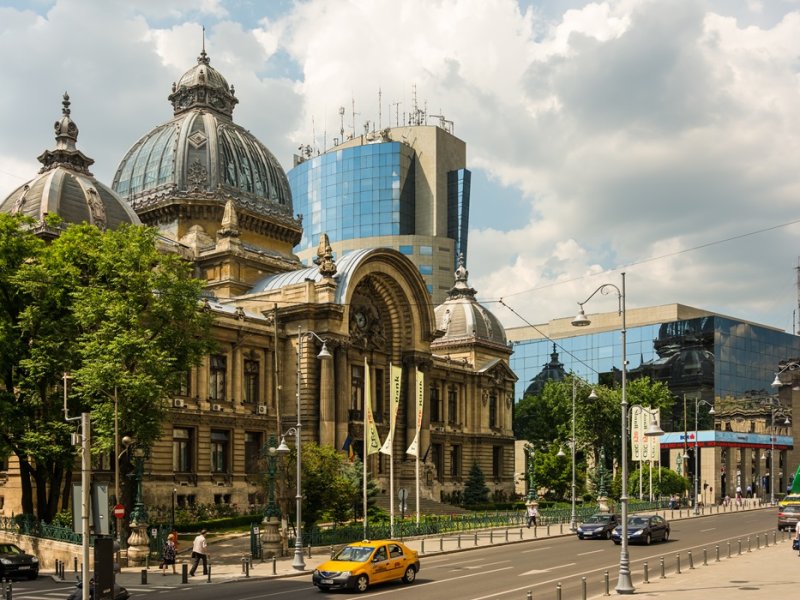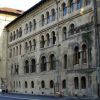From Belle Époque to brutalism: Bucharest’s architecture highlights

By Bucharest Team
- Articles
Bucharest is a city that resembles no one—not even itself. If you walk through it slowly, and truly look—not just glance—you’ll see a city that reveals itself like a book rewritten again and again, where every era has left its mark without erasing the previous one. Between the delicate French charm of the early 20th century and the heavy rawness of late communism, Bucharest’s architecture is a chronicle written in stone, concrete, and glass—not always coherent, but always emotionally true.
Belle Époque and the dream of a “Little Paris”
The late 19th and early 20th centuries brought radical change to Bucharest. French influences—supported by the royal family and a bourgeoisie eager for modernization—shaped an elegant, eclectic architectural style with neoclassical, Beaux-Arts, and art nouveau accents. This is when the nickname “Little Paris” emerged—not just out of cultural aspiration, but from a genuine desire to place Romania’s capital alongside Europe’s great cities.
Buildings like the Romanian Athenaeum (1888), the CEC Palace (1900), or Casa Vernescu remain landmarks of that era. They’re more than just structures; they’re symbols of a Romania striving to define itself through elegance and modern identity.
Also recommended Why was Bucharest called "Little Paris"? Myths and truths
The interwar period – European synthesis and national expression
The interwar years were perhaps the high point of stylistic coherence in Bucharest’s urban landscape. Architects trained in France, Italy, or Germany began experimenting with modernism, art deco, and the neo-Romanian style—a blend of local tradition and international trends.
Modernist apartment blocks on central boulevards, Jean Monda’s villa in Dorobanți, the Capșa Hotel, and the Telephone Palace show a capital that lived intensely, planned long-term, and dreamed professionally. The city was densifying, yet remained balanced. It was cosmopolitan, yet still grounded.
Postwar years – socialist realism and early brutalism
After 1948, a new era began—one where ideology began to dictate aesthetics. In place of fine detailing and elegant shapes came functional, austere architecture meant to reflect a new social order. Massive housing projects in neighborhoods like Drumul Taberei or Titan dramatically altered the city’s landscape.
The Palace of Parliament—perhaps the most controversial monument of this era—embodies the aggressive grandiosity of a regime that aimed to swallow everything: history, space, urban life.
Yet even during this time, bold and visionary projects emerged. Architects like Cezar Lăzărescu and Horia Maicu designed brutalist buildings with clear lines and functional honesty. Not all have survived—some were altered beyond recognition, others forgotten entirely.
Bucharest today – between restoration, demolition and improvisation
The post-1989 transition didn’t bring a new style, but rather visible fragmentation. In the same neighborhood, you might see an abandoned interwar villa, a communist block, and a glass-fronted building with a generic design. The city no longer follows a single architectural direction, but rather several parallel attempts to rediscover itself.
There is renovation, but also demolition. Construction, but often without a coherent urban vision. And amid this visual chaos, Bucharest’s beauty still lives—in the details: a wrought-iron railing, a forgotten inscription, a ceramic frieze untouched by pollution.






























